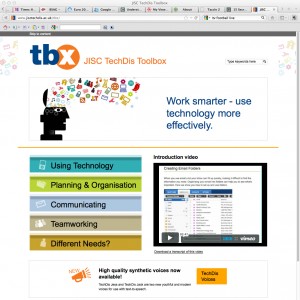I am ever more interested in how we can use storytelling for learning in and about practice. together with my good friends from Raycom, I am developing a story telling application, which I hope to pilot in the LearningLayers project, due to start in November. And we have submitted a proposal for a workshop at Educa Online Berlin. This is the abstract.
“And I know that This World is a World of Imagination and Vision. I see Every thing I paint in This World. But Every body does not see alike…”
(The Letters of William Blake. “To Dr John Trusler”, August 23, 1799)
Jerome Bruner has contrasted two ways of knowing: the narrative and the scientific. The former seeks to find a good story (which resonates with readers as life-like) while the latter seeks to draw out key concepts and ideas by abstraction and the application of logic.
Narrative is a means of examining actions, intentions, consequences and context.
A good story should be emotionally engaging, capable of application in different contexts and provide a broader framework for understanding generalities, partly because there is a certain looseness of ideas. Generalities in this sense are different from knowledge derived from abstraction: in this case learning and knowledge are the result of multiple intertwining forces: content, context, and community.
Brown says in purposeful storytelling people should get the central ideas quickly and stories should communicate ideas holistically, naturally, clearly and facilitate intuitive and interactive communication. Story telling enables us to imagine perspectives and share meanings by conjuring up pictures more conducive to a culture of learning and development than a formal analytical presentation which is more in the form of knowledge transmission.
According to Flowers (1988) “People tell stories in an attempt to come to terms with the world and harmonize their lives with reality.”
Storytelling has always been used to transmit knowledge and learning. Within traditional apprenticeships storytelling has been powerful form of learning, but usually in a one to one mode.
The advent of printing allowed stories to be transmitted to many people, but the printed book is a less effective form of transmitting practice-based knowledge and learning
With the increasing power of social software today we are able to weave multimedia and interactive stories and to share them with others though the internet. With mobile devices these stories can be generated through in the different contexts in which we live and learn – in the community and the workplace as well as from a computer or in a classroom.
Moreover, the web and mobile devices allow us to move from a broadcast mode to an interactive and collaborative mode of storytelling, supporting informal learning in different contexts.
This workshop will explore storytelling for learning in different contexts and sectors.
Participants will first be invited to look at the different ways in which storytelling can be used for learning.
They will be supported in telling their own stories and in using different software applications (including audio and video) to share those stories. They will explore the concepts of informal learning collaborative meaning making and how this might be supported by new technologies.
Finally the workshop will look at how facilitators can support story telling – online and face to face – and in the different contexts in which we learn.

